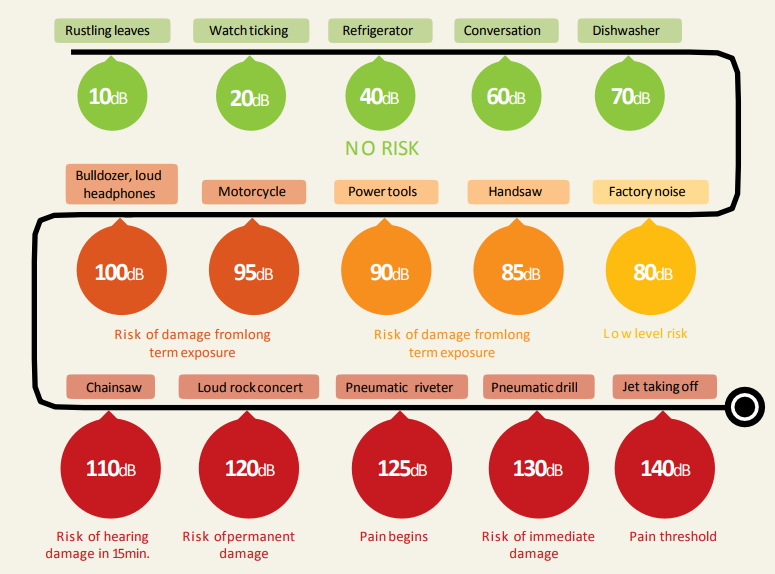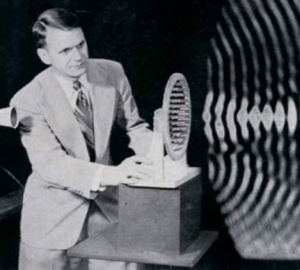Nowadays we all work in more or less loud environments without using any noise protection. In the long term, this could seriously damage your hearing but it could also have short-term effects on your productivity and fatigue at the end of the day. With so many ear defenders available. This article will help you choose the best ear defender for your environment.
Choosing the best ear defender
In today’s world, where noise has become a factor in everyday life. We often work in very loud environments without using proper noise protection. In fact, staying exposed for long periods to very loud noise can cause irreversible and permanent damage to our hearing.
To solve this problem, the European Union has enacted a law stating that the use of anti-noise headphones is mandatory for all those who work every day in very noisy environments (ie, above 80 dB). This article will help you choose the best professional ear defender.
Which ear defenders to choose?
First of all, it is important to know the type of sound to which you are exposed. This can be discovered with a sound level meter: an instrument that calculates the pressure of sound waves in units (called decibel, dB) and defines the sound intensity level, taking into account the higher sensitivity of the ears too low frequencies through 2 very important indicators. These are A-heavy and C-weighted. In this way, it is possible to understand what is meant by different frequencies. In particular, there are three methods for evaluating which anti-noise earphones are most suitable for your work.
How powerful is the sound level?
Method 1: Decibels and SNR
The soundproof headphones reduce or lower the sound differently according to the number of decibels. So, looking at decibels is the best way to know what level of protection you need. The table below shows the typical decibel levels of daily life.

By looking at the information on each of the antinoise headphones, you can see a table with attenuation values. These values indicate the amount of sound the headphones reduce, so you can assess whether the protection offered matches the type of noise in your working environment. In addition, it is very important that the noise reaching the ear is less than 85 dB and preferably between 70 and 80 dB. If the noise is louder, double protection with earplugs can be used, which can increase the SNR (Single Number Rating). The number indicates the decibel reduction to which the headphones expose us.
However, it is also important not to exaggerate. If the headphones isolate too much noise, they can create unnecessary risks. Since you do not hear what is happening around them. For this reason, headphones that reduce the sound to below 70 dB should be avoided.
Important features to bear in mind when looking for an ear defender:
Method 2: HML calculation
Some antinoise earphones are more effective than others at reducing sounds to certain frequencies. For this reason, when choosing an antinoise headset, you should also check the HML values. HML value indicates the level of protection of the headphones for all frequency types. In this way, you can decide whether the headphones fit your job by calculating the HML values.
Method 3: Octave Band Analysis
A detailed noise analysis in our working environment (also called “Octave Band Analysis”) describes the noise levels at different frequencies. In fact, APVs are also indicated on each headset, which gives the number of decibels reduced for each frequency. Surely, using this value is the most accurate way to see if an anti-noise earphone is offering you the right level of protection.
Time for you to choose your ear defender:
To conclude, only once you know the level of protection you need, can you decide which earphone is best suited to your job. In addition, it is necessary to see if the earphone can be easily used and if it is compatible with other protection devices (e. g. visors and helmets). Fortunately, most of the models are available in both the strap and helmet versions, and the advantage is that both versions can be used with all protective devices.
Also, once you’ve identified the sound level you’re exposed to, don’t hesitate to check out our best ear defenders.

